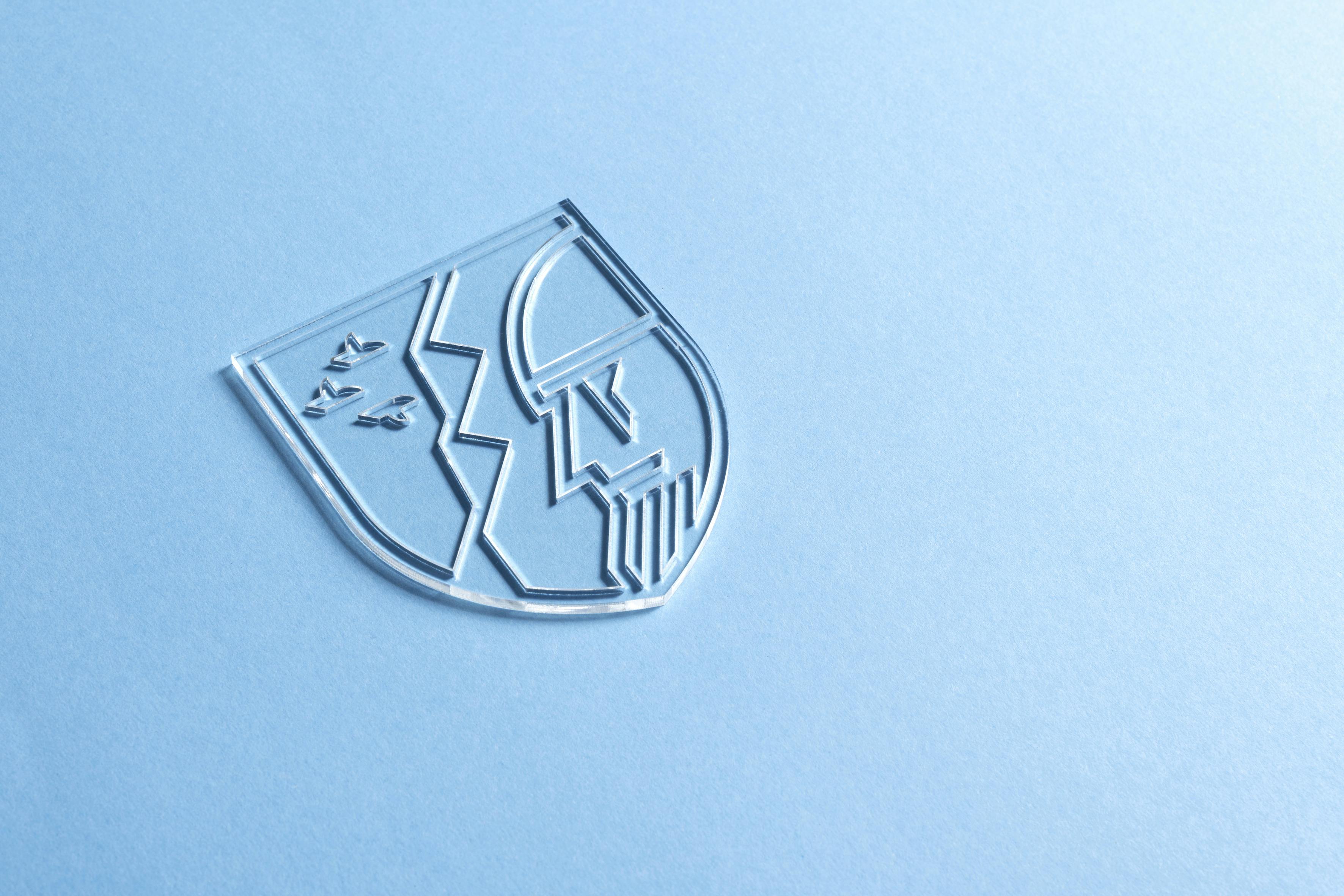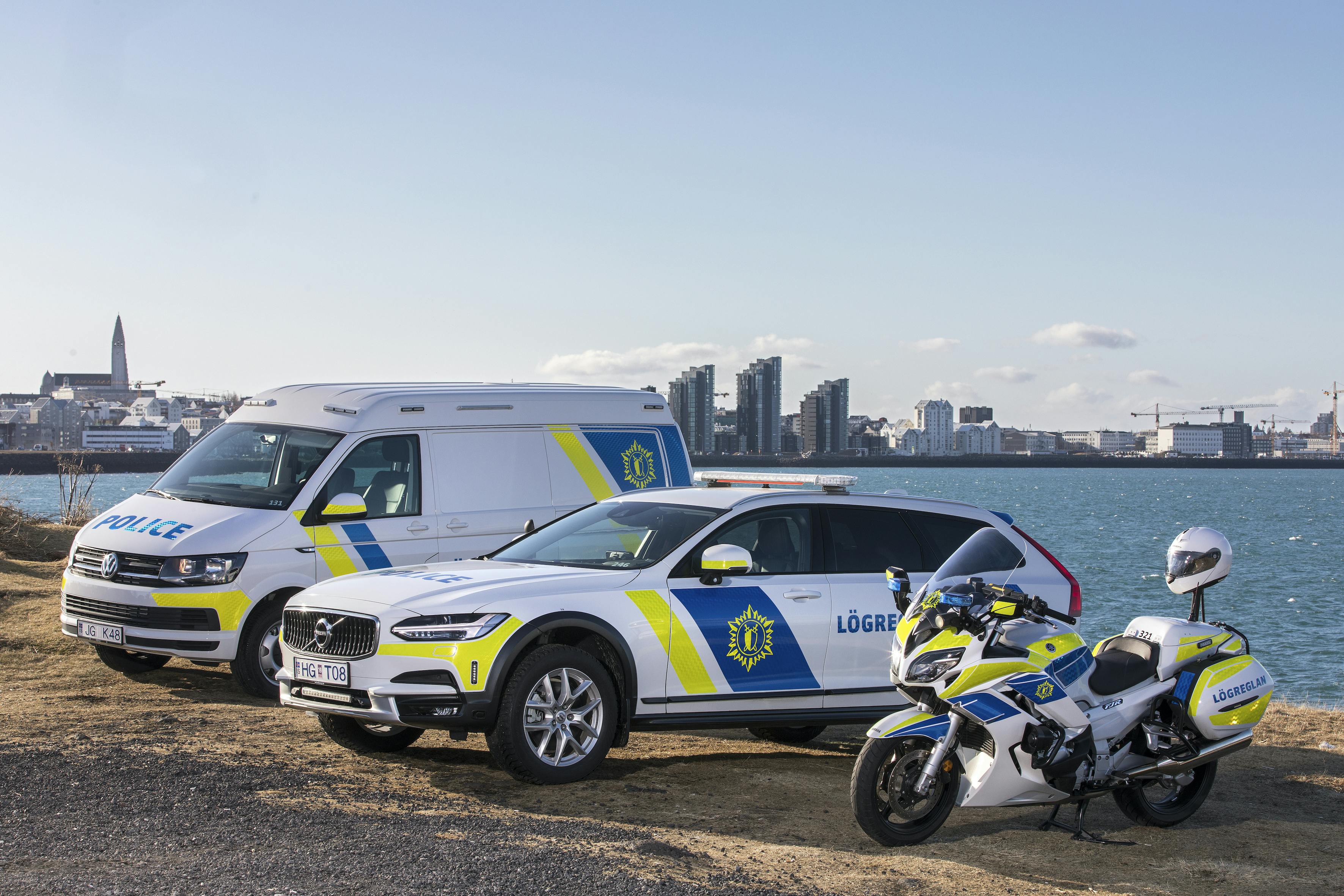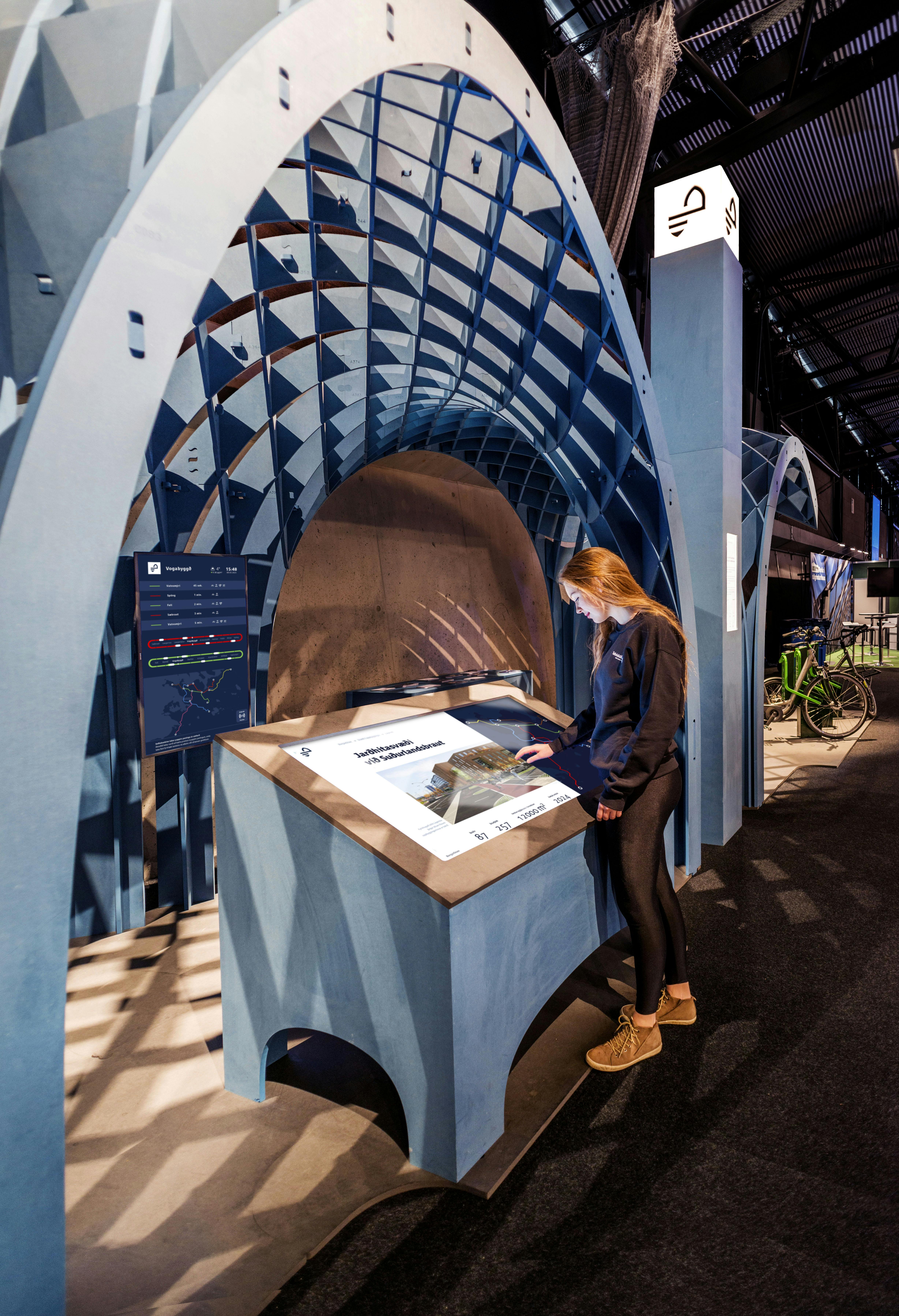Constantly questioning

Despite only being in operation for about five years, the design studio Kolofon has already carved out a niche for itself and garnered attention for its civic projects for institutions, companies and municipalities around the country. The studio has, for example, worked for the City of Reykjavik, the Icelandic police, the Vesturbyggð municipality, the Icelandic Road and Coastal Administration (IRCA), and the proposed Borgarlína public transit system.
The studio comprises seven people; including four owners who work closely together, ask questions at every step, and insist that there’s no need to put on a flashy show with every project. HA sat down with three of the owners: Hörður Lárusson, Atli Þór Árnason and Samúel Þór Smárason.
The importance of creating intimacy
What is Kolofon and how did it get started? “We are a design studio that collaborates closely with clients, works on branding and visual identity, websites, and information design – to name a few things – and loves design that gets us to ask questions, explore ideas and come up with solutions. We think it’s important to create intimacy, work across disciplines, look at the big picture, and come up with solutions with our clients, not for them. We essentially want to design ourselves to the point of being unnecessary to our clients, so that our projects work without us on a daily basis,” Hörður and Atli Þór agree, while Samúel rocks his baby son in his arms. They all worked together at Brandenburg advertising agency, Hörður and Atli Þór as designers and Samúel as a programmer. The fourth owner, Ingi Fannar Eiríksson, takes care of the business side of the operation.

Long-term solutions
Hörður suggests that it is no coincidence that Kolofon has worked on a large number of civic projects. “In the advertising business we all felt that some projects got more love than others and these kinds of project typically got less. With these projects it’s not about being flashy, it’s more about solving fundamental problems, which often leads to solutions in other areas. We might get hired to work on a visual design project, but also find solutions to production problems, see a way to increase the lifetime of something, create a big-picture view that may have been missing, and the list could go on. We don’t just agree to what our clients want, we typically warn them that we ask, ask, and ask some more. Of course aesthetics are important, but we also always want utility, longevity and production to be in place, and instead of just looking at things as they are today, we want to provide long-term solutions.”

Rising to the challenge
Atli mentions an example of a big project that snowballed: redesigning the visual identity of the Icelandic police. “It started as my school project in late 2011, and I knew it was something that everyone would have an opinion about. Their design and production were very complicated and out of sync. Take the police cars, for example, which had three different designs, in eight colours, either printed on film or cut to shape – the police star was complicated and the films were generally problematic and did not last long. Was it possible to simplify this process? Make it more affordable, efficient and modern? We rose to the challenge, simplified their identity, and found ways to greatly increase the lifetime of the designs, simplify the production process and create a consistent look across the country. That project led to other projects for the police, such as designing their wallets.”
Hörður mentions another project, the proposed public transport system Borgarlína, which called for an entirely different approach.“We were initially asked to present Borgarlína at the Verk og Vit exhibition. That was an exciting opportunity to make a bunch of complicated, difficult-to-understand information accessible and enjoyable. Nobody really knew what Borgarlína was or how it would actually look. We asked questions, sat down with staff and experts.”

Respecting history
According to Hörður, close collaboration between the designers and programmers creates an intimacy and a certain energy that often leads to working more closely with the company's clients, and to new ideas. He adds that the company’s small size is key to this. ”It’s a cliché to say this, but people have to enjoy what they are doing. We do this because we enjoy it, it’s rewarding, and we see visible results. We work really well together and it’s a big asset to have a programmer as part of the core team at the design studio. It saves time in the long run and produces better results when it comes down to it. A beautiful website isn’t always user-friendly, but when designers and programmers have worked together from day one, a healthy dialogue will lead to transparency, which will lead to the right product.” For Kolofon, it's not necessarily about designing everything from scratch. ”We think it’s very important to respect history, however you look at it. Brands or visual identities might have a decades-long story and, although it may be time for a change, you don’t have to throw everything away and start anew. It’s often better practice to improve, update and reuse. It’s about looking at the backstory and constantly questioning. Why are we making the change? What is it all about? What are we dealing with? At the very least we want to design things to last so that they are still around in the coming years and even decades.”